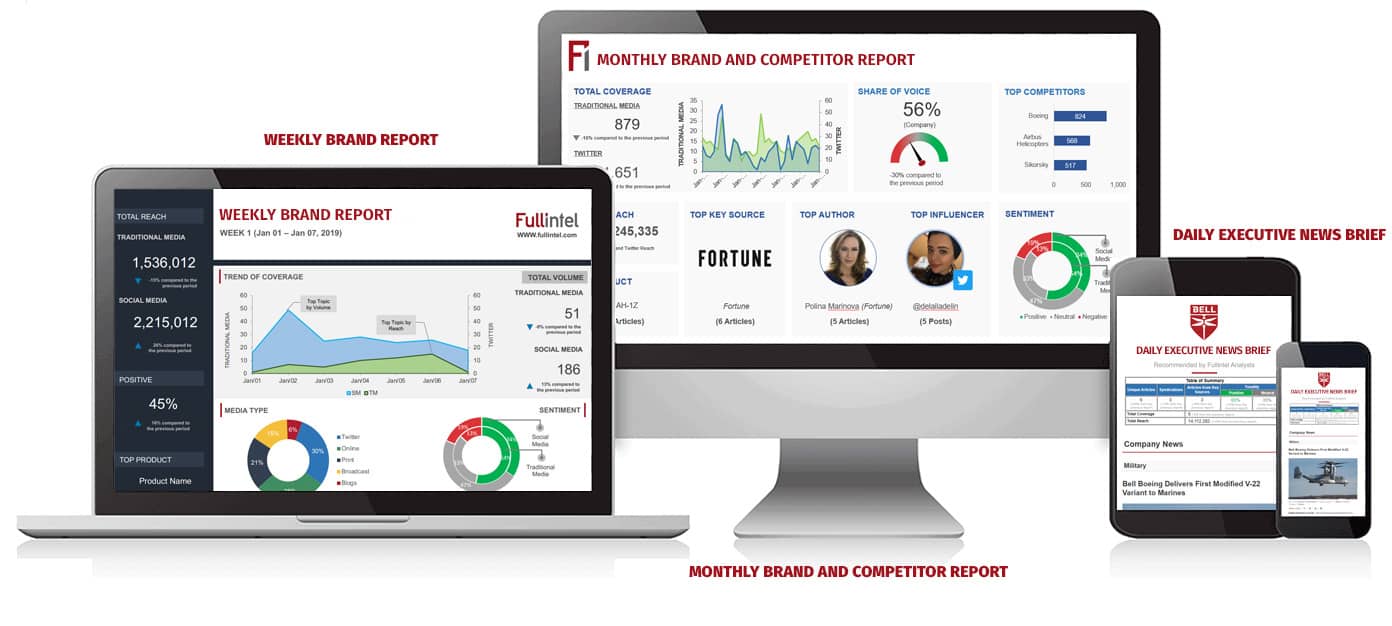
What’s the best way to get a busy healthcare reporter’s attention?
What topics are of most interest to biopharma journalists in 2024?
What’s the best way to pitch your biotech story?
Answers to these questions – and more – were on offer at a recent panel discussion featuring a trio of healthcare and biotechnology journalists. The event provided an unfiltered glimpse into exactly what reporters need from healthcare PR practitioners and how PR folks can pitch journalists (and get stories published) more successfully.
Pitching Biopharma Stories More Effectively
Hosted by Ticket to Biotech (T2B), the Press Pass to JPM webinar – a pre-conference event in the run-up to the 42nd annual J.P. Morgan Healthcare Conference – featured an all-star panel including Emily Mullin, staff writer at WIRED; Gwendolyn Wu, reporter for BioPharma Dive; and Allison DeAngelis, reporter at STAT.
The panel provided valuable intelligence on what journalists in the field are most interested in. Here’s a summary of what they had to say:
- Tie your story idea to larger biotech trends, innovations, and topics that speak to a larger audience. “I’m looking for bigger trends in biotech – interesting innovative companies – that resonate with a broader tech audience,” said Mullin.
- Refrain from pitching stories that have no line of sight into potential future impact. “In most cases, I want to be talking about the future rather than the past,” DeAngelis said.
- Almost no one is interested in whether you filed an Investigational New Drug (IND) application or have early data – rather, pitch the results of your clinical trial when it’s complete to show impact.
- AI-related story pitches are overdone. “My interest in a new AI platform company getting financing is waning thin because we are still waiting to see the results of all this,” added DeAngelis.
- Stories related to therapeutic areas, like cancer, that impact large swaths of people can be difficult to cover in a meaningful way because many cancer drugs today are very targeted to smaller groups or have limited benefits.
- Products or innovative technology with broad appeal are most interesting, but sometimes even an unproven niche product or one that addresses a particular unmet need will get covered.
- Always include a variety of high-res images with your pitch, and better yet, provide different files for each reporter so the same ones aren’t used over and over again.
The reporters predicted key coverage areas in 2024 will include gene therapy and gene editing; GLP-1 (obesity); synthetic biology; neurotechnology; reproductive technology; bioethics; the microbiome; and topics related to the financing, funding, or restructuring of companies in the space.
What Else Makes a PR Pitch Compelling?
Most PR pros know the best way to pitch story ideas is to establish relationships with the writers who cover your particular topic or business space, and then provide them with useful information they want to use.
Unfortunately, however, not everyone follows this approach. Call it the shotgun approach or spray and pray – although it is possible that this approach can work, it’s usually not advisable.
“We had a help-us-help-you mindset with T2B’s first ‘Press Pass’ panel. Our goal was to better position biopharma PR pros to strategize their media relations efforts more effectively, yielding mutually beneficial two-way reporter engagement going into 2024,” said Lynnea Olivarez, T2B founder and community manager.
Make sure to research the topics the writer typically covers and pitch them based on that. Nothing annoys a busy journalist more than completely irrelevant story ideas. “Not knowing what I cover… is another pet peeve,” said Mullin.
That means it’s usually a good idea to hold off on emailing that press release about your company’s recent anniversary or 10,000th widget produced. Pitching story ideas after they’ve already been covered by the journalist is also not super helpful unless you can advance the topic significantly.
Instead, study what the writer has covered in the past and offer them new information they can use to advance an ongoing story or come up with a new one. Or ask them what they’re working on right now – you never know what kind of facts or data the writer may need on deadline.
J.P. Morgan Healthcare Conference Set for Jan. 8-11
The J.P. Morgan Healthcare Conference is the industry’s largest healthcare investment symposium and connects global industry leaders with innovative technologies, emerging companies, and healthcare investors.
It takes place Jan. 8-11 in San Francisco and features keynote speakers Jamie Dimon (J.P. Morgan Chairman and CEO), Tony Blair (former British Prime Minister and Executive Chairman of Institute for Global Change), and Sarah K. Emond (President-Elect, Institute for Clinical and Economic Review).
Though conference attendance is invitation-only, biopharma teams from all over the world descend upon the Bay Area for companion events and receptions, investor presentations, business development discussions, networking, and of course, media briefings.
T2B will also host a free come-and-go networking event, T2Bmeet, for life science communications practitioners at this year’s JPM Conference.
